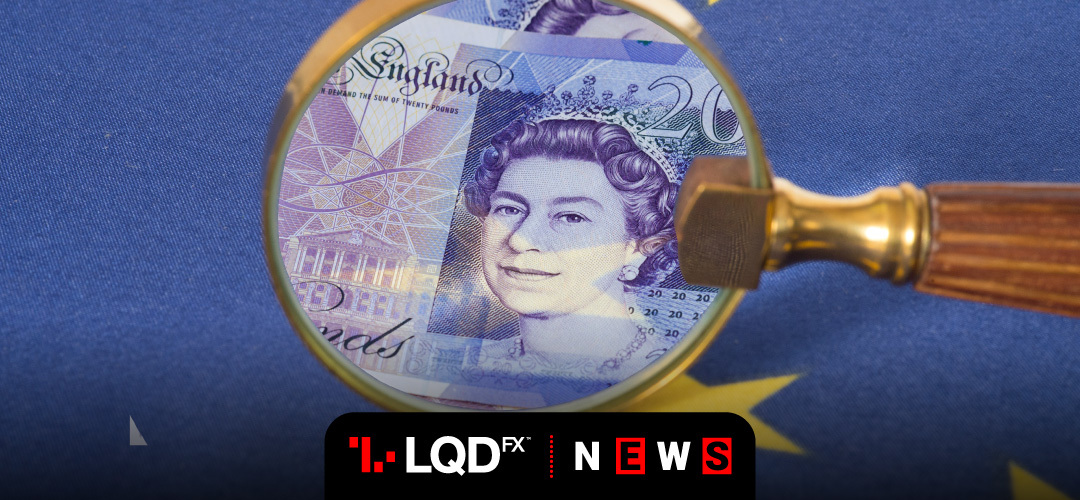Wednesday’s reports that Brexit talks are at an impasse, and negative rates risk kept sterling down both against the dollar and euro.
On Wednesday Britain told the EU it needed to break a fundamental impasse to clinch a Brexit trade deal by the end of the year. Then, sterling fell 1%.
The pound is close to its lowest levels in more than three decades. The British currency grapples with Brexit, speculation about negative interest rates in Britain, a deep recession and a growing debt.
The threat of negative rates has been a key reason for the pound’s underperformance. Moreover, it has downside risks towards $1.20 or just below. The market has turned increasingly short on the pound for the last 11 weeks straight, according to weekly futures data.
The last time the pound was at these levels was early October 2019, when investors feared a no-deal Brexit was imminent. Britain is quite a long way from agreeing a free trade deal with the EU according to its chief negotiator. At some point Britain has to prioritize its preparation for leaving the bloc without a deal.
Further, a COVID-19 test and trace service is due to start in England on Thursday. This may allow the loosening of lockdown measures for most of the population. Britain has the worst COVID-19 death toll in Europe. But nearly half of businesses in Britain that have temporarily suspended their operations are unsure when they will re-open.
A Bank of England policymaker said on Thursday that he would not necessarily rule out negative rates. Also, he added that too much stimulus was better than too little.
START TRADINGForex – Negative rates risk and Brexit weigh on Pound
Optimism over businesses reopening and a massive stimulus plan for the European Union outweighed concerns over rising U.S.-China tensions.
Investors also looked past risks of fresh escalation in Sino-U.S. tensions. China’s parliament approved a decision on Thursday to go forward with national security legislation for Hong Kong.
An index tracking the U.S. dollar against major currencies was stable at 98.93 as the greenback held its own. The dollar was in a crosscurrent between rising Sino-U.S. tensions and optimism over recovering global growth as economies re-open.
The euro was steady as investors questioned whether the EU plan to prop up the bloc’s coronavirus-hit economies would be delivered. The common currency was last flat at $1.1010, having risen earlier to a two-month high of $1.1035.
Also, the euro was up 0.1% versus the Swiss franc at 1.0670. However, the day prior it rose to nearly a three-month high.
Against the dollar, the pound held steady in early London trading, then began falling about 0930GMT. It was last at $.12249, down 0.1% since New York’s close. Versus the euro, the pound was up around 0.1%, at 89.85 pence.
Oil futures steadied as the market awaited confirmation of industry data that showed a surprise increase in U.S. crude stocks.
Brent crude futures were down 0.06%, or 2 cents, at $34.72 a barrel at 1311 GMT.
U.S. West Texas Intermediate (WTI) crude futures were down 0.3%, or 10 cents, at $32.71. U.S. futures earlier slipped as much as 5% to a low of $31.14.
PLEASE NOTE The information above is not investment advice.
Sources: Reuters, Investing, CNN money
